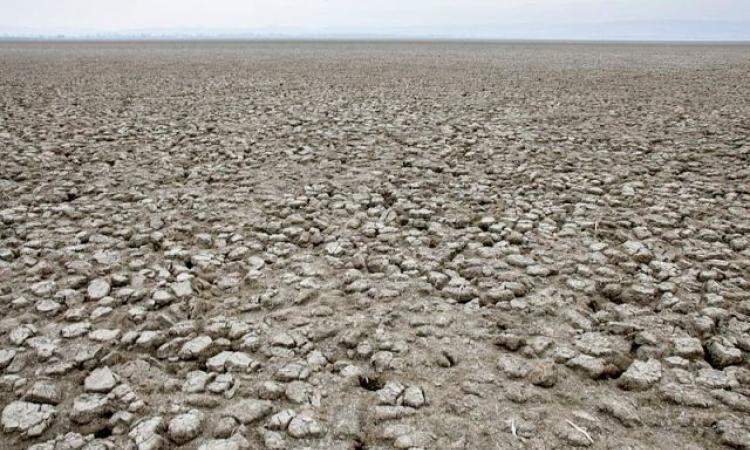
India is highly vulnerable to desertification. Desertification not only leads to loss of biodiversity but can also negatively affect food production leading to poverty, hunger, economic instability, competition for scarce land and water resources and migration.
What is desertification? It is a form of land degradation where fertile land gradually deteriorates into a wasteland. This can be disastrous! Climatic variations and human activities such as overgrazing, deforestation, agricultural activities, overexploitation of vegetation for domestic use, bio-industrial activities are the major causes of desertification.
The main factors responsible for desertification in India are the extension of cultivation in marginal lands, inadequate soil and water conservation measures, intensive cropping systems and poor irrigation management and overexploitation of groundwater.
India loses more and more land to desertification
Recent analysis reveals that the area under desertification in India is increasing with 29.32 percent of the Total Geographic Area (TGA) of the country found to be undergoing land degradation/desertification and 23.95 percent of it is contributed by the states of Rajasthan, Maharashtra, Gujarat, Jammu & Kashmir, Karnataka, Jharkhand, Odisha, Madhya Pradesh and Telangana.
The most significant factor leading to desertification/ land degradation is the water erosion followed by vegetation degradation and wind erosion.
Desertification takes a significant toll on the economy
The loss in agricultural production due to desertification is estimated to be at 2.5 percent of India’s GDP and 15.9 percent of the gross value added (GVA) from agriculture, forestry and fishing sectors. Forests degradation accounts for over 55 percent of the total economic loss due to vegetation degradation while water erosion accounts for about 14 percent of the total economic loss of desertification. Wetland areas account for the highest economic losses due to land use change followed by pastures and forests.
Desertification affects the south of the country too
A recent study by S. Dharumarajan et al published in the journal Current Science makes a comparative analysis of the extent and reasons for desertification of three high-risk states in south India namely Karnataka, Andhra Pradesh and Telangana. The study finds that:
- The topography of the region and the local land use patterns and practices have an impact on the levels of desertification.
- Karnataka has the most land area affected by desertification followed by Telangana and Andhra Pradesh.
- Desertification in Andhra Pradesh and Karnataka has increased by 0.19 percent and 0.05 percent respectively, while Telangana seems to show some improvement due to land reclamation where desertification seems to have decreased by about 0.52 percent.
- Vegetal degradation is the dominant cause for desertification in Andhra Pradesh followed by water erosion and waterlogging while water erosion is dominant followed by vegetal degradation and salinisation in Karnataka.
- The main causes for vegetal degradation in Andhra Pradesh are a number of manmade activities such as over-mining for minerals and metals, excessive use of firewood, severe deforestation and forest fires. Anantapur district shows high levels of land degradation followed by Kurnool, Prakasam and Chittoor districts.
- In Karnataka, deforestation and mining activities are triggering water erosion and an increase in salinity due to lack of trees, high evaporation and low precipitation are main drivers of desertification. Belgaum, Gulbarga, Tumkur and Bijapur districts have a high area under desertification. Bellary district experiences high vegetal degradation due to increased mining activities and extraction for timber.
To reduce the severity of the desertification process, the study suggests the adoption of proper and regular management practices such as:
- Identifying suitable areas for afforestation with the selection of suitable climate-resilient multipurpose tree species, perennial forage and fodder species.
- Managing soil erosion by adopting location-specific soil and water conservation practices.
- Dealing with soil salinity in agricultural lands through proper irrigation water management, development and maintenance of surface and subsurface drainage systems.
- Adopting proper agriculture and land management practices.
- Converging these activities with the ongoing national and state government programmes like Joint Forest Management, Integrated Watershed Management Programme and Mahatma Gandhi National Rural Employment Guarantee Act, etc.